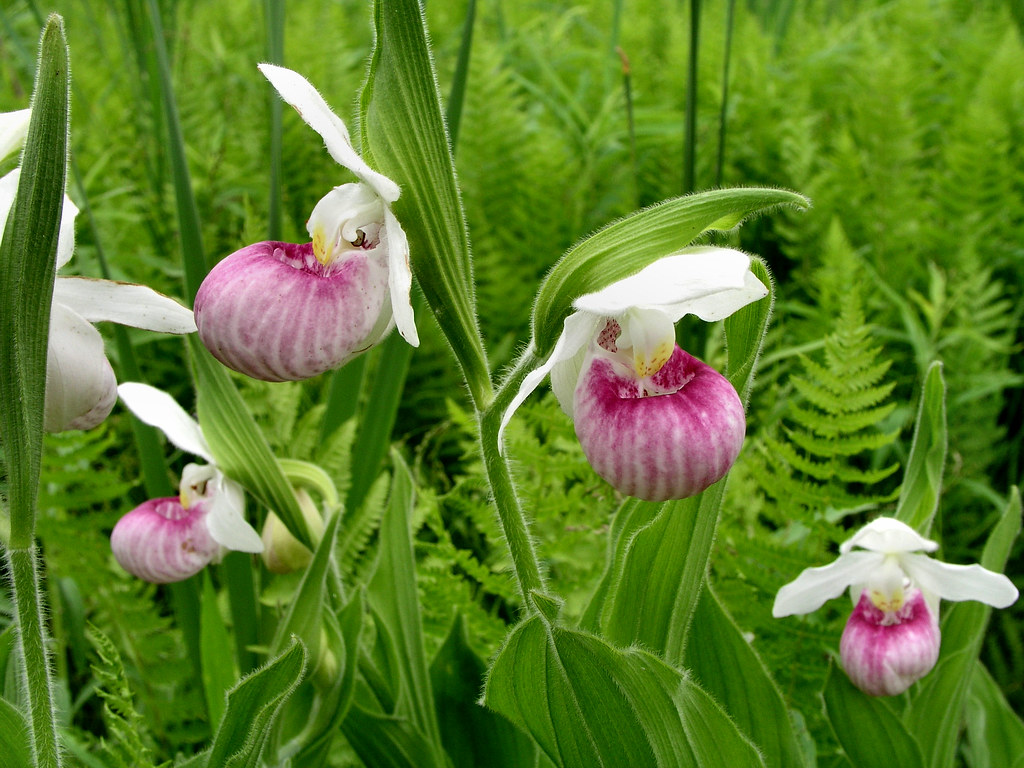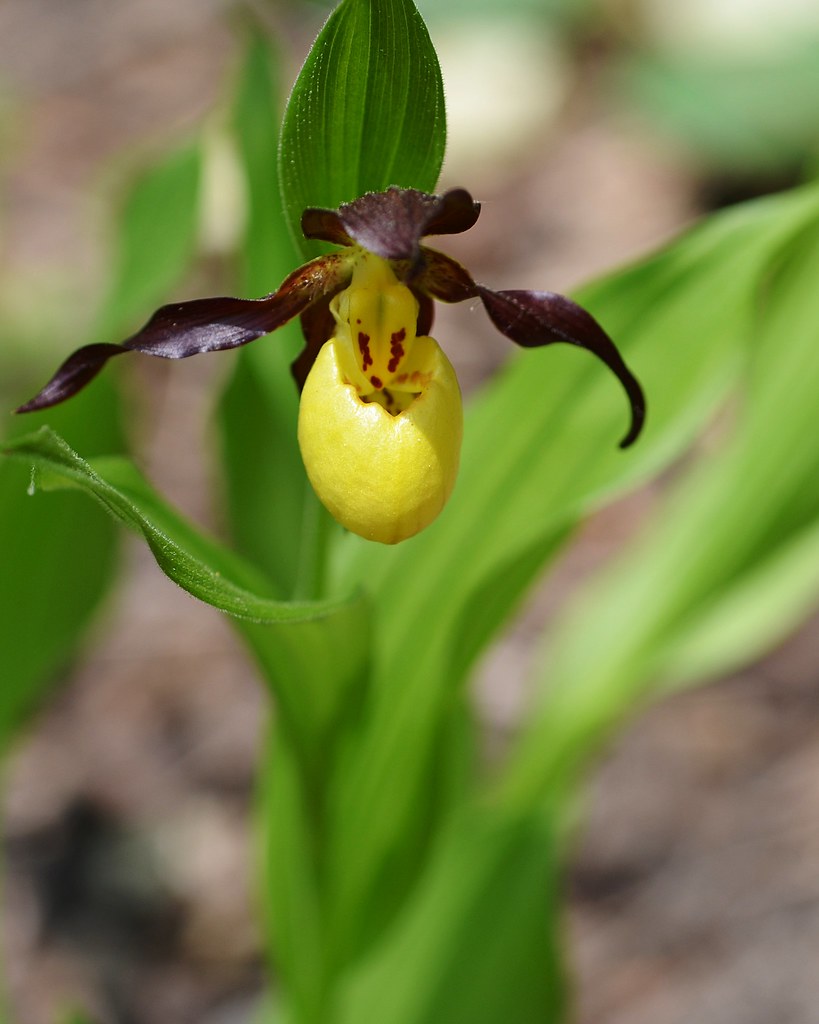
Buying Lady’s Slippers – A Unique Opportunity
The opportunity to see one of Minnesota’s native orchids in bloom is quite an experience, especially the Showy Lady’s Slipper (also known as the Pink and White Lady’s Slipper) which is the Minnesota State Flower! Each year in mid to late May Sargent’s Nursery gives you the opportunity to own one of Minnesota’s most beloved and enchanting flowers! This is a very exclusive opportunity because these plants are protected as an act of conservation. That’s why you don’t just see them anywhere!
Illegal to Collect-Lady’s Slippers
Since 1925, this rare wildflower has been protected by Minnesota state law. In fact, it’s illegal to pick, uproot or unearth the flowers. (Learn More-MNDNR)
In order to offer them for a limited time to our customers, we source these Lady’s Slippers from a small operation that holds a special permit from the State of Minnesota to harvest Lady’s Slippers from sites where they may otherwise be destroyed by road construction projects. This fascinating guy delivers these rescued beauties to us in his station wagon–sometimes with his dogs in tow–and tells his stories of the season.
When they arrive they are just coming up out of the ground, so you’ll get to experience the joy of watching them bloom–sometime in late June or early July–in your own woodland or shady garden setting! These are rare and difficult to grow and require some specialized care and siting, but an absolute wonder for the right gardener and the right setting!
Found living in open fens, bogs, swamps, and damp woods where there is an abundance of natural light, the showy Lady’s-Slipper is one of 43 orchid species that grow in Minnesota. The feminine-looking orchid grows slowly, taking up to 16 years to produce the first flowers and the plants may live, on average, about 50 years!
LADY SLIPPER PLANTING & CARE
Woodland Plant Soil Preferences
Lady’s Slippers work best in an existing woodland setting, where other natives already grow and where leaf litter accumulates to create a humus-rich soil. Clay-rich or sandy soils will not house these delicate plants well.
Recommended Soils You Can Purchase at Sargent’s:
- Mix in Cotton Burr Compost
- Happy Frog Soil Mix
Sunlight for Lady’s Slippers
Lady’s Slippers will do best under the dappled shade of tall trees, as is commonly found in a woodland setting. Morning light and daytime shade are okay, but less than 4 hours of light per day is what you’re shooting for and indirect light is best.
Watering Lady’s Slippers
Well-drained soil, with even moisture.
Lady’s Slipper Hardiness Zones
3 – 8. Red Wing, Minnesota is in Zone 4b.
How to Plant your Lady’s Slipper
Dig a hole at least twice as big as the root ball of the Showy Lady’s Slipper orchid.
Hold the Showy Lady’s Slipper orchid over the hole or empty pot so that the base of the orchid is even with the ground level or just below the pot’s rim. Fill the hole or pot with a mixture of soil and acidic compost and pack firmly as you go. Water well.
Check for slugs. Protect from deer. They think it’s a delicious snack…
Fun Fact about Lady’s Slippers
The pink and white lady slipper can live longer than the average human life span – some species may grow to be 100 years old! The bigger the root ball, the older the orchid!
We DO NOT ship Lady’s Slippers.
Lady’s Slippers are very rare and unlike other plants we carry, we do not know how many will be available to us each season. Please follow us on social media for the most current updates on inventory.
CHAPTER 18H. NURSERY LAW.
SECTION 18H.18.
18H.18 Conservation of certain wildflowers.
Subdivision 1. Restrictions on collecting. No person shall distribute the state flower (Cypripedium reginae), or any species of lady slipper (Cypripedieae), any member of the orchid family, any gentian (Gentiana), arbutus (epigaea repens), lilies (Lilium), coneflowers (Echinacea), bloodroot (Sanguinaria Canadensis), mayapple (Podophyllum peltatutum), any species of trillium, or lotus (Nelumbo lutea), which have been collected in any manner from any public or private property without the written permission of the property owner and written authorization from the commissioner.
Subd. 2. Collection without sale. Wildflower collection from public or private land for the purpose of transplanting the plants to a person’s private property and not offering for immediate sale, requires the written permission from the property owner of the land on which the wildflowers are growing.
Subd. 3. Collection with intent to sell or distribute wildflowers. (a) The wildflowers listed in this section may be offered for immediate sale only if the plants are to be used for scientific or herbarium purposes.
(b) The wildflowers listed in this section must not be collected and sold commercially unless the plants are:
- growing naturally, collected, and cultivated on the collector’s property; or
- collected through the process described in subdivision 2 and transplanted and cultivated on the collector’s property.
(c) The collector must obtain a written permit from the commissioner before the plants may be offered for commercial sale.
HIST: 2003 c 128 art 5 s 17
Copyright 2004 by the Office of Revisor of Statutes, State of Minnesota.



